Pets leave huge carbon 'paw-print' on planet, study shows
As the global community celebrates World Environment Day on Friday (Jun 5), attention is given to pet owners, whose animals' carbon 'paw-print' is believed to be enormous, and ways to reduce the impact.

Mojo, an abandoned dog rescued by Action for Singapore Dogs. (Photo: Pichayada Promchertchoo)
SINGAPORE: Dogs, cats, hamsters, goldfish and other popular pets are not doing any better than human beings when it comes to preserving the environment, based on a study by New Zealand’s Victoria University of Wellington.
The research was carried out by professors at the School of Architecture and specialists of sustainable living, Brenda and Robert Vale, who analysed the ingredients of pet food to estimate common pets' eco-footprint.
Their study – featured in science and technology news magazine New Scientist – compared the energy used in producing food for a Great Dane and that required for fuelling as well as building a 4.6-litre Toyota Land Cruiser that is driven 10,000km a year.
The result was, for many, astonishing.
In their book Time To Eat The Dog: The Real Guide To Sustainable Living, the Vales showed that owning a Great Dane can hurt the environment more than driving the SUV. Although their research gained huge international attention, it also attracted what the university described as “understandable hostility”.
"The benefits of pets need to be viewed more holistically, rather than just through the prism of their 'carbon paw-print'," said Graham C Smith, CEO of UK-based natural pet food company Fish4Dogs.
"Our environment, far from being threatened by pets, is greatly enriched by the part they play in our lives," he added.
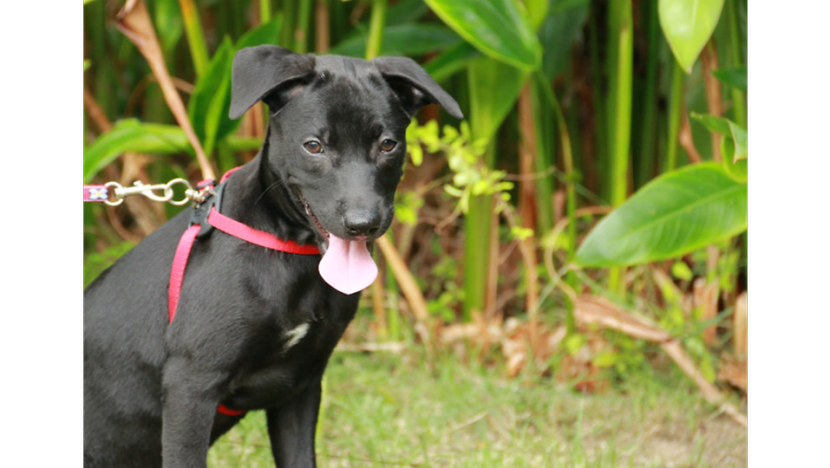
However, that did not stop the issue from being picked up again by environmentalists, as the global community celebrates World Environment Day on Friday (June 5).
“The production of pet food includes intensive cattle farming, packaging, shipping process, storing places and distributing sacks and cans of pet food. Taking into account the 1 billion population of pets worldwide, all these different production stages seriously contribute to the increasing pollution of the world,” explained pet industry expert Zakaria Faiq, General Manager of Biogance.
“The pets’ carbon footprint is a crucial topic that we should seriously take into account in the current context of global environmental concerns,” he added.
USE ECO-FRIENDLY PET FOOD
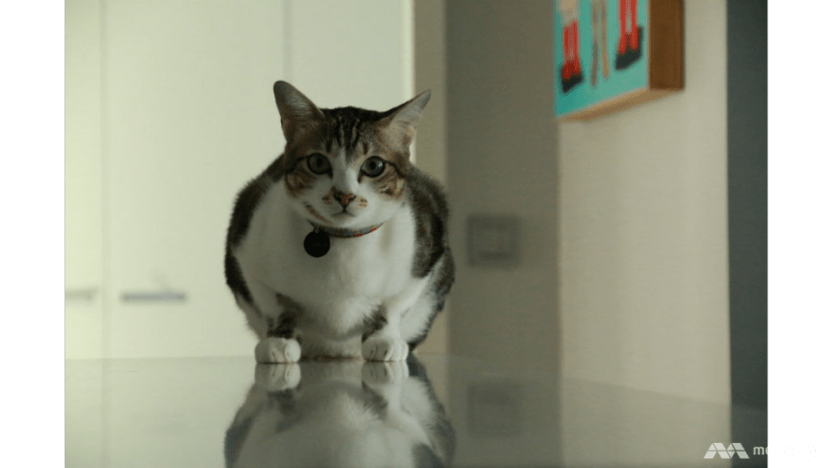
Established in June 1972 by the United Nations’ General Assembly, World Environment Day serves as an international platform for countries worldwide to deepen environmental awareness and drive positive actions for nature.
In Singapore, Jun 5 also marks the local Eco Action Day – an annual nationwide campaign that strives to turn the Little Red Dot green through reduced energy and resource consumption.
On this day, residents of Singapore are encouraged to be "particularly kind" to their environment, with suggestions ranging from taking public transport instead of their own cars to replacing meat-base diet with greens.
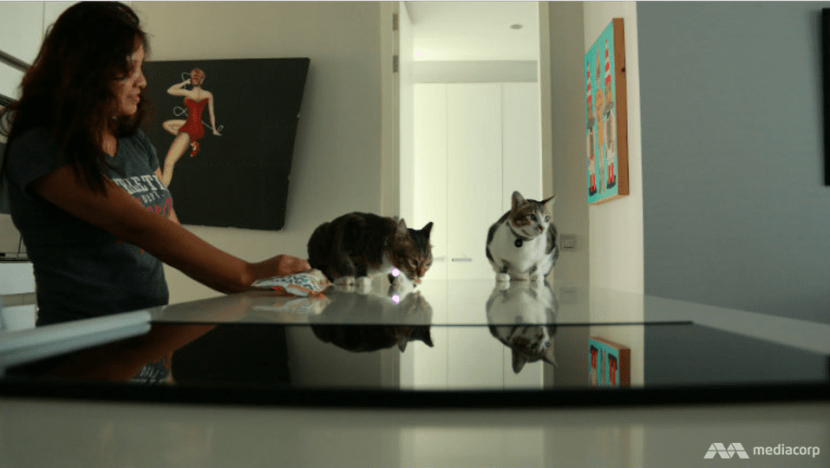
As for pet lovers with a green heart, Mr Faiq suggested a simple way for them to reduce their carbon footprint.
“Buy the right products, that is to say eco-friendly products, made with natural and organic ingredients, free of chemical molecules and also biodegradable,” he said.
He added that investing in natural and chemical-free grooming products and in biodegradable litters and poop bags will not only have “a considerable positive impact on the environment but also on our pet’s health and well-being”.
“The manufacturers also have their part to play in this situation by modifying their methods of production that make too much waste and pollution."
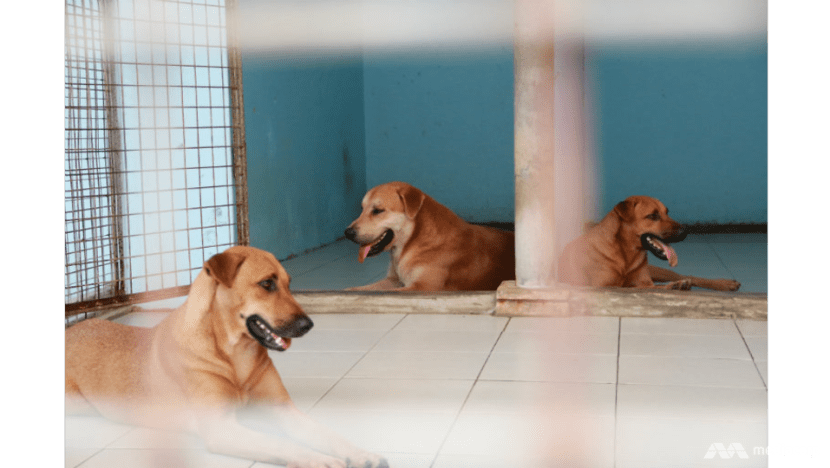
In Singapore, many pet owners are already using eco-friendly food and products, including Action for Singapore Dogs’ (ASD) adoption and rescue centre.
“We feed our dogs Wellness Super 5 mix, which is organic dog food,” said Ms Wendy Low, Vice President of ASD – a network of volunteers helping stray and abandoned dogs find new homes through fostering and adoption programmes.
According to Ms Low, ASD’s adoption and rescue centre is committed to green practices, and refuses to use harsh or toxic chemicals harmful to the environment to clean its kennels.
“We also accept donations of used items such as toys, towels, collars, leashes, cages and even furniture which people want to discard, as well as medicine and food that are close to their sell-by date,” she added.
ADOPT PETS TO CUT CARBON PAW-PRINT
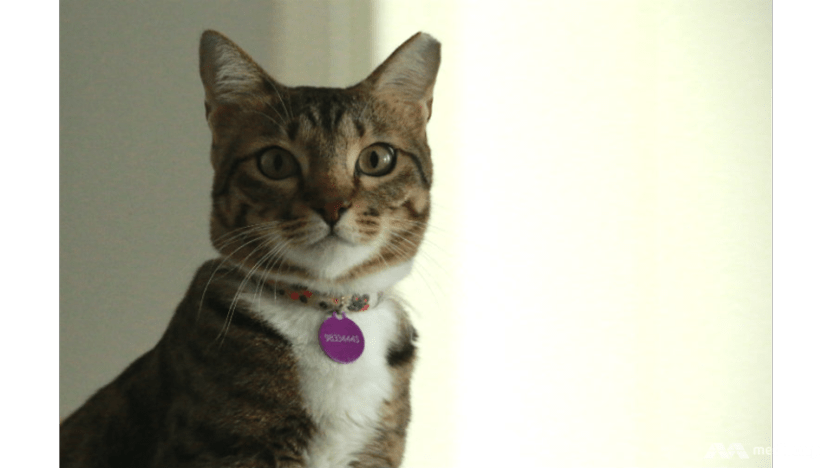
In Singapore, many pet owners such as Sally Doherty did not wait for the World Environment Day to go green.
“We make our own food. So we use food that we’ve got in refrigerator and we make food rather than keep purchasing it,” said the Sentosa Island resident, who also advocates for pet adoption as a way to minimise carbon ‘paw-print’.
By adopting abandoned pets and neutering them, the owners help keep the animal’s population under control and limit the amount of energy required for their existence too, she said.
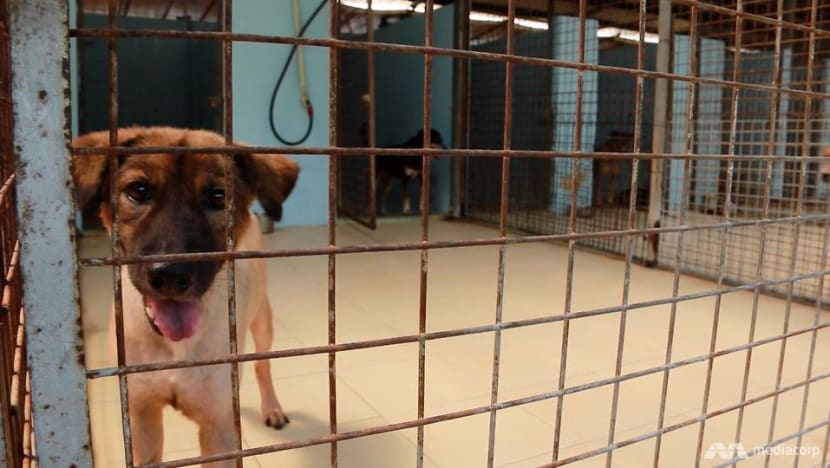
Her view was echoed by ASD President Ricky Yeo.
"Less strays on the streets mean that less resources are required to trap them, for example, the use of vans and lorries," he explained, adding there are currently about 8,000 stray dogs in Singapore.
According to Mr Yeo, the pet population keeps growing every year, as people continue to buy them on impulse. “People still buy on impulse and as a reward for their children when they score good grades. The pet population is growing yearly, and as such, it is expected that there will be a higher number of abandoned pets.”
TRAP, NEUTER, RETURN

To prevent pets from overpopulating and polluting the environment further, volunteers like Sally dedicate their personal time to help manage the pet population in their communities.
Originally from New Zealand, Sally is a cat lover and has been working with stray cats over the past three years.
“When I moved here, there were a lot of stray cats living in the area. There were probably about 60 on Sentosa and the population kept increasing. Everywhere you looked, there would be a new litter of kittens being born,” she said.
“So a group of us got together to trap them, neuter them and return them to new homes. Over the past three years, about 55 stray cats have been re-homed.”
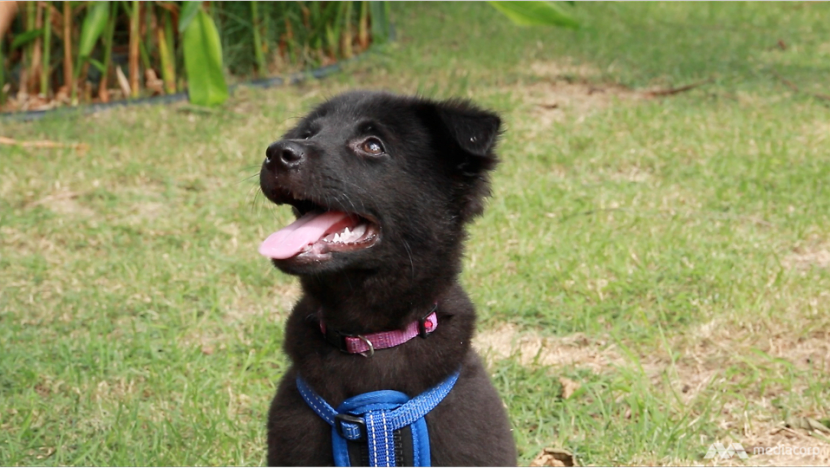
Currently, the New Zealander has four rescued cats at home and runs a feeding-and-fostering programme for stray cats on the island, not to mention several puppies and their three-legged mother, abandoned by their previous owner. The pooches will remain under her care until someone offers them a new home.
“Before deciding to own a pet, the first thing you need to consider is the responsibilities and commitment. See if you can maintain them on a long-term basis, said ASD's Yeo.
"Having a dog is similar to having a child, and requires a strong head and heart to work out the issues along the way. Adoption is the best option, as there is a proper process to match the dog with the family, not to mention the post-adoption support.”













